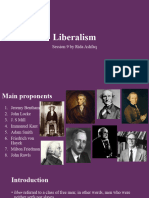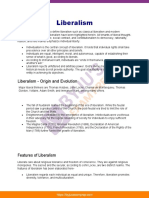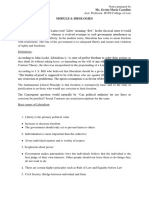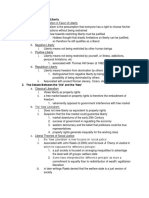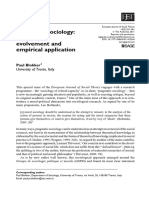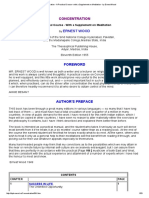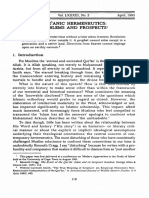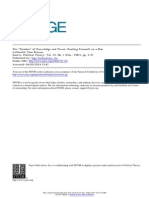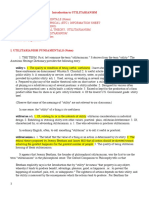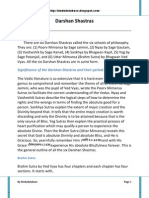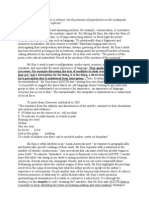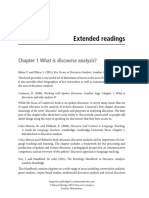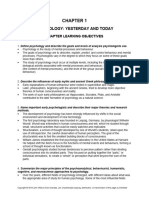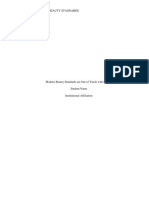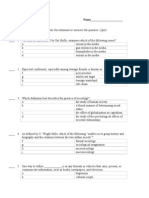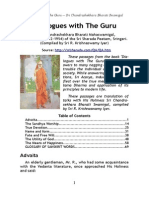0% found this document useful (0 votes)
25 views7 pagesPol Sci 2
The document outlines the principles and evolution of liberal theory, emphasizing its political, economic, and social dimensions, including the importance of individual rights, limited government, and free markets. It traces the historical development of liberalism from ancient to modern times, highlighting key thinkers like John Locke, John Stuart Mill, and John Rawls. Additionally, it contrasts liberalism with Marxism, detailing Marx's dialectical materialism and historical materialism as frameworks for understanding societal change and class struggle.
Uploaded by
Shreya KawadeCopyright
© © All Rights Reserved
We take content rights seriously. If you suspect this is your content, claim it here.
Available Formats
Download as DOCX, PDF, TXT or read online on Scribd
0% found this document useful (0 votes)
25 views7 pagesPol Sci 2
The document outlines the principles and evolution of liberal theory, emphasizing its political, economic, and social dimensions, including the importance of individual rights, limited government, and free markets. It traces the historical development of liberalism from ancient to modern times, highlighting key thinkers like John Locke, John Stuart Mill, and John Rawls. Additionally, it contrasts liberalism with Marxism, detailing Marx's dialectical materialism and historical materialism as frameworks for understanding societal change and class struggle.
Uploaded by
Shreya KawadeCopyright
© © All Rights Reserved
We take content rights seriously. If you suspect this is your content, claim it here.
Available Formats
Download as DOCX, PDF, TXT or read online on Scribd
/ 7


